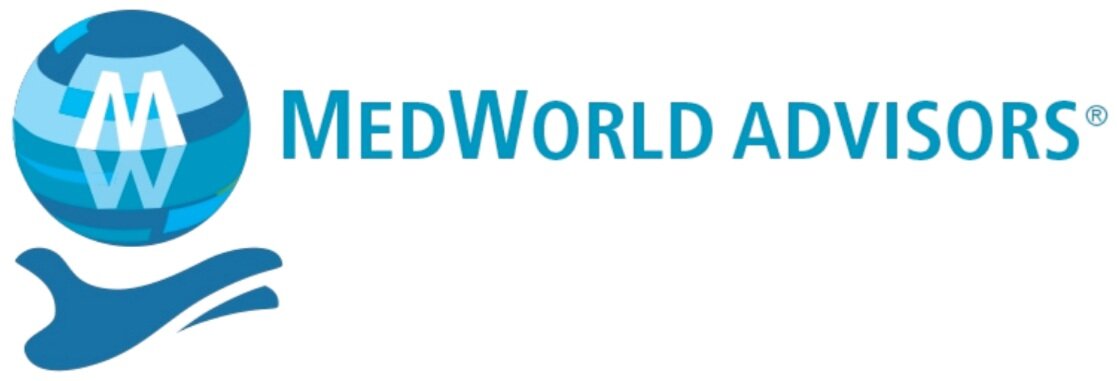How an Idea Reaches Strategic Buyers
Ever wondered how business opportunities move up the chain on the buyer side? A recent conversation with three MedTech M&A executives helped shed some light on what goes on behind the scenes when ideas are presented to large strategics.
At a panel hosted by Dave Sheppard of MedWorld Advisors, guests Eric Knudsen of ZOLL Medical, Charlie Attlan of Boston Scientific, and Tom Gales of Draeger offered insight into the business development side of the medical world. They discussed the nature of asset acquisitions, highlighting how purchase-oriented ideas are eventually brought to fruition.
Steps of the Process
We learned that whether a MedTech M&A deal is opportunistic or a purposeful strategic pursuit, there’s always a process that goes into turning inorganic opportunity into reality.
Eric Knudsen spoke extensively about this process, particularly describing the early phases of business development within the MedTech world. According to Knudsen, when deal ideas are proposed to a company, it’s crucial to first consider whether the deal aligns with the acquiring company’s corporate current and/or future strategy.
“Generally speaking, I get a number of ideas and if they resonate with our strategy, at the very least, I’ll run it through either a formal or informal committee to understand whether or not it’s the right fit for us and whether or not that’s something we’d like to get through our funnel,” he said.
Within larger MedTech companies, a similar review process occurs. Charlie Attlan of Boston Scientific said that his company established a business development unit that focuses solely on finding and capitalizing on new M&A opportunities. There, he acts as a liaison, ensuring the potential viability of deals before presenting them to other parts/departments of the company.
“Early… it’ll be more of the division looking at whether the opportunity makes sense. And if they’re interested, I get involved and help with the sanity check…” said Attlan.
According to Attlan, most deals at Boston Scientific are first discussed by the business development president and business development leaders. By jointly reviewing factors such as timing and valuation associated with potential deals, the group analyzes overall buying feasibility. Assuming a deal makes sense on all fronts, Attlan then involves the company’s chief financial officer (CFO) and chief executive officer (CEO). Through further discussion, deals are pursued according to the CFO and CEO’s guidance and direction.
While anyone can reach out to another company with a business idea, trained and industry-focused M&A advisors can help facilitate this process in a manner that benefits all involved parties. With relevant industry knowledge, the M&A advisor’s understanding of the specific needs of potential acquiring companies can increase the likelihood that your company’s value propositions are of interest to a potential business strategic partner/acquirer. Through leveraging relationships and providing clarity relative to the synergy of two companies coming together for a deal, expert M&A advisors can simplify the earliest stages of MedTech deals for both buyers and sellers.
Finalizing a MedTech M&A deal is often a lengthy process - determining mutual interest is only the beginning. Knowing the portfolio and culture of potential partners is key in completing deals that make sense, in the most efficient manner possible. To maximize your value, it’s important for sellers to understand the buyer’s expectations through all phases of the M&A process, before and after the transaction. Having the right M&A advisor can help guide you to keep your deal on the right track.
Click the image below to listen to the conversation on our YouTube channel.


